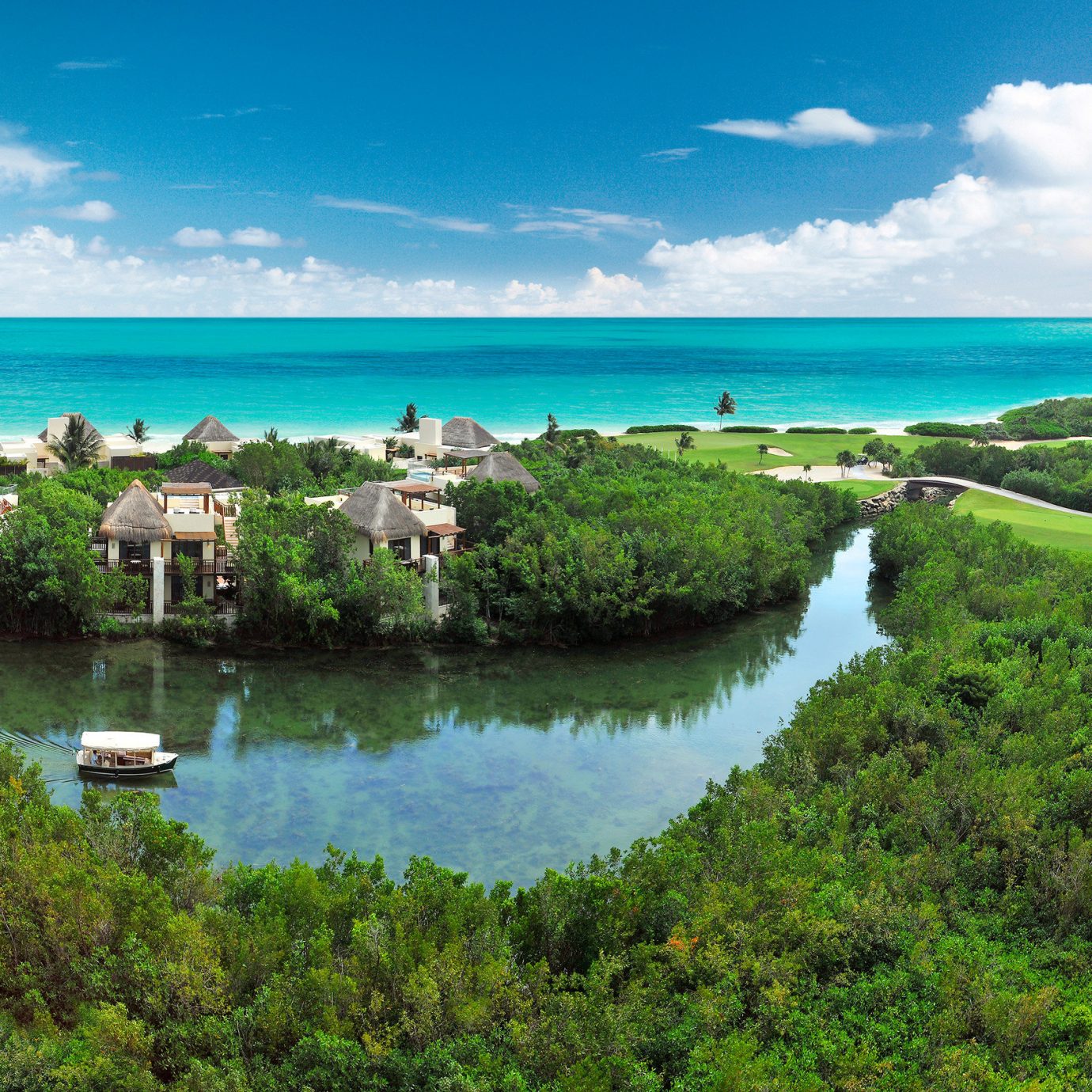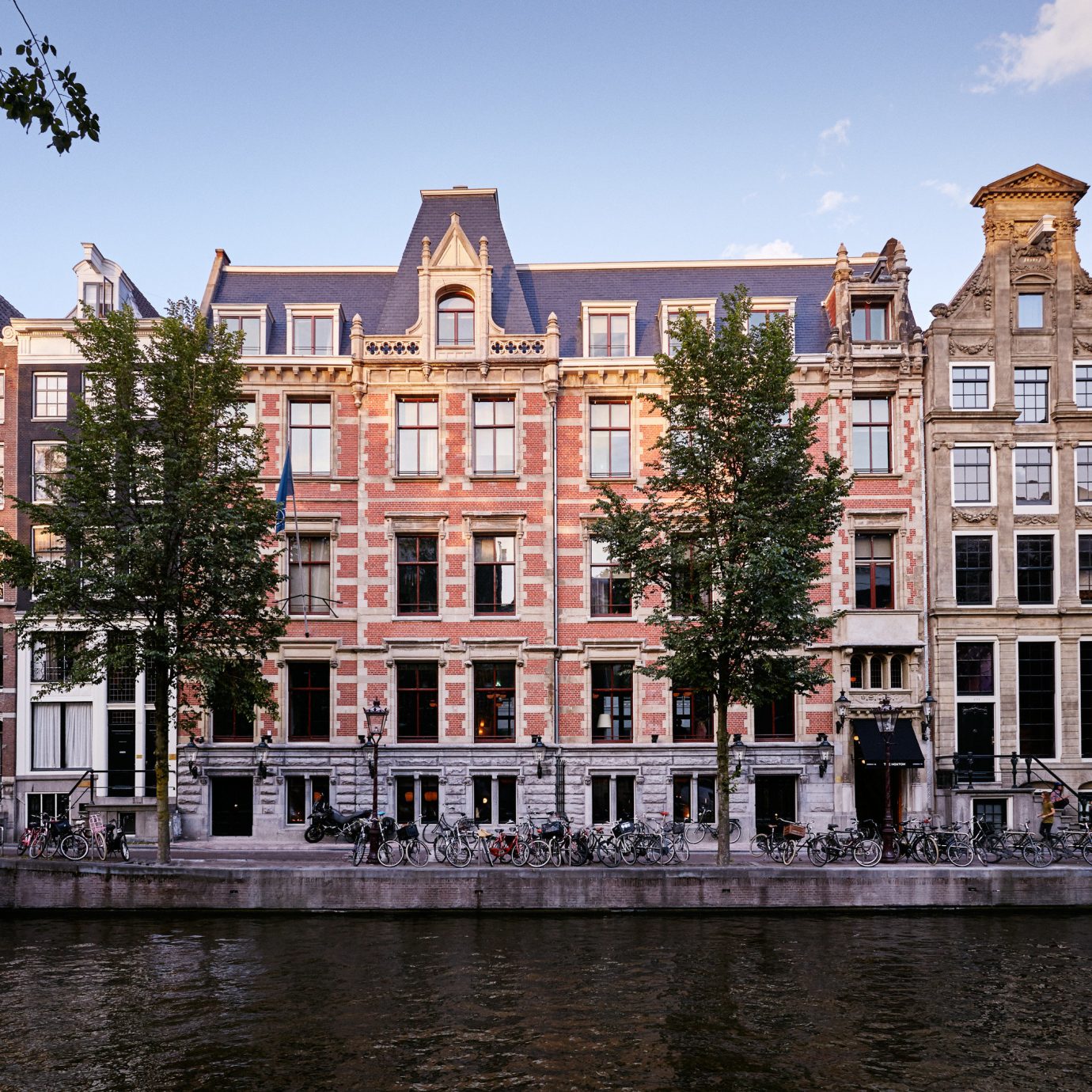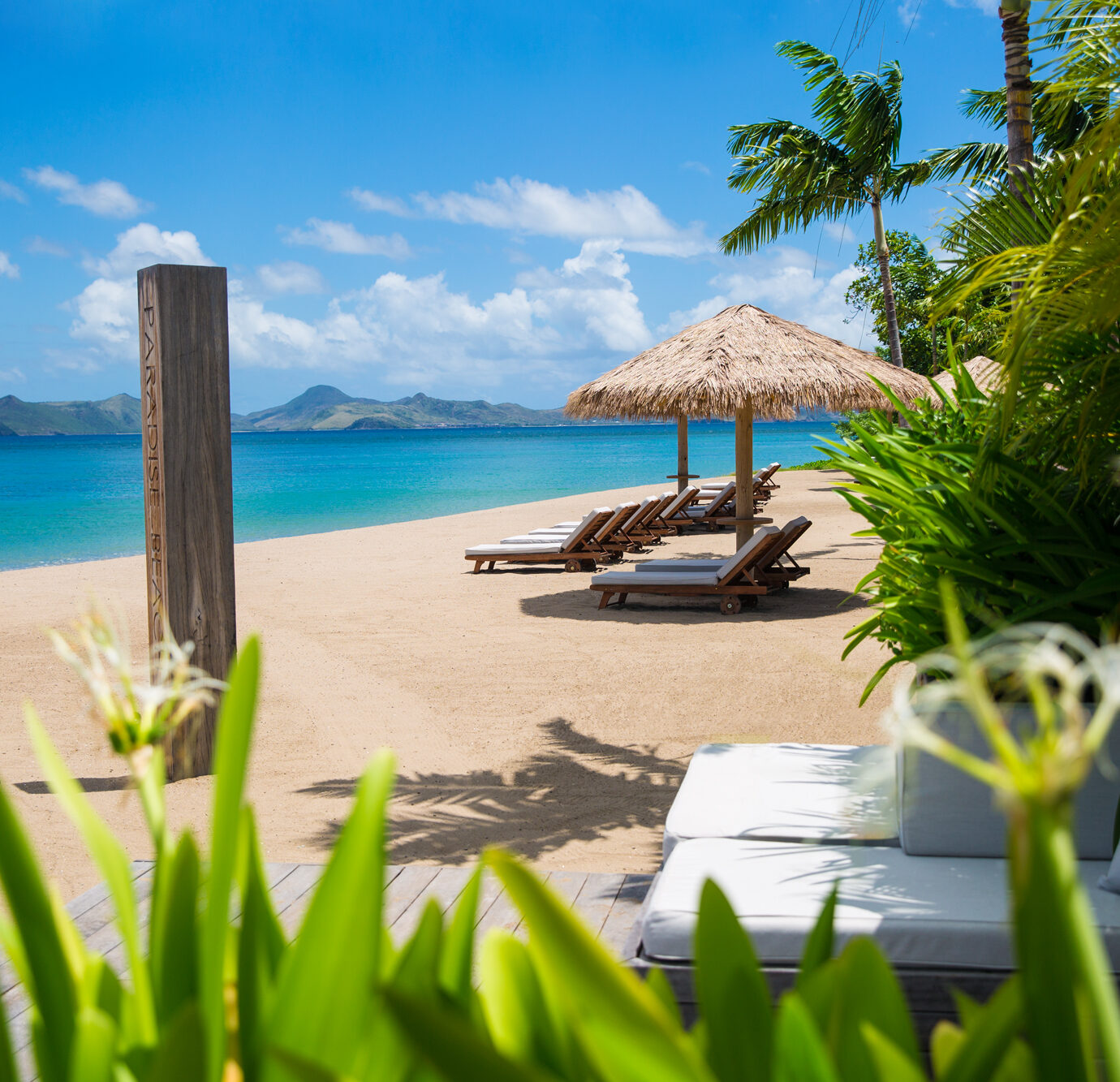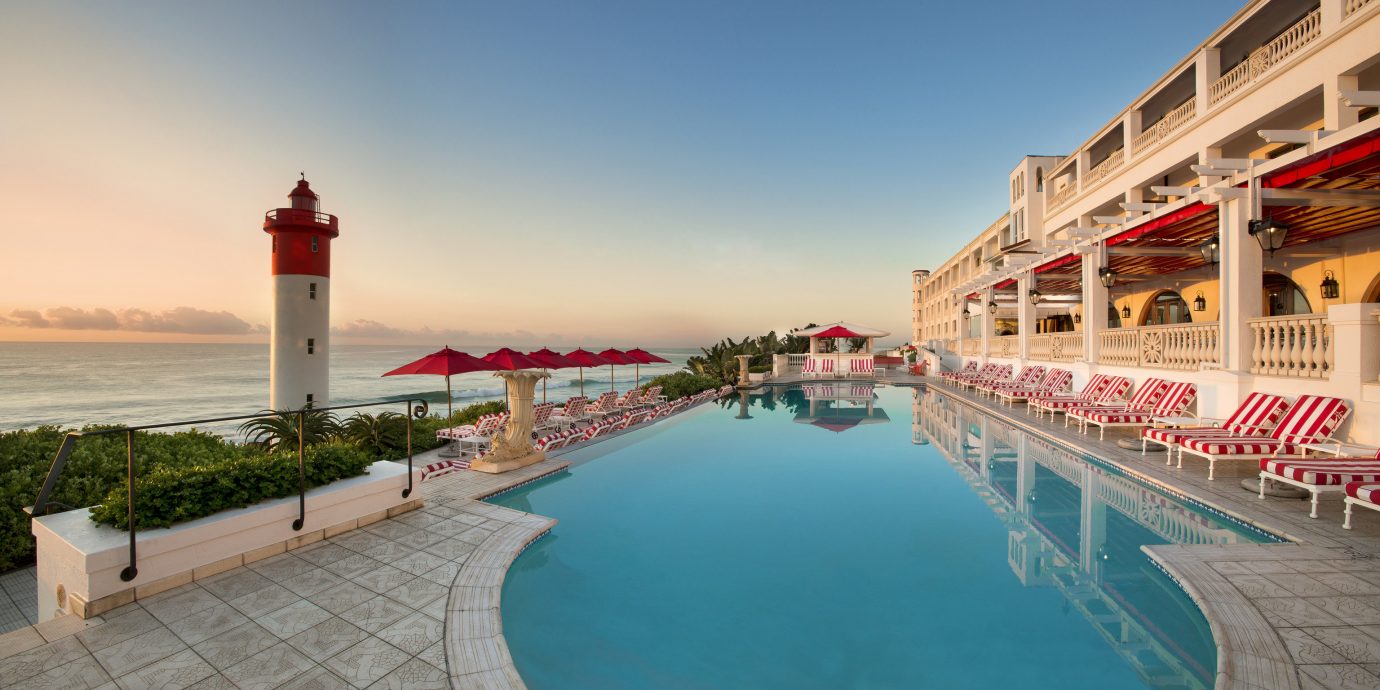
8 Reasons Why The Oyster Box Hotel is Worth Flying For
If you stay anywhere in South Africa, let us make a case for Durban, where this glamorous colonial hotel lets you live out your royal fantasies with its transportive era-appropriate design, award-winning cuisine, and storybook setting. JS hotels editor Lindsey Olander checks into the Oyster Box Hotel.
Senior Editor, Jetsetter | @lindseytravels | lindseytravels.com
Cape Town and Johannesburg, South Africa’s major hubs, both have their fair share of fabulous hotels in equally fabulous settings—but when it comes to sheer charm, local history, and royal appeal, all signs point to Durban, where one hotel at the end of the world epitomizes the city’s colonial Indian past. Here are eight reasons why The Oyster Box is one of our favorite places to stay in the world.
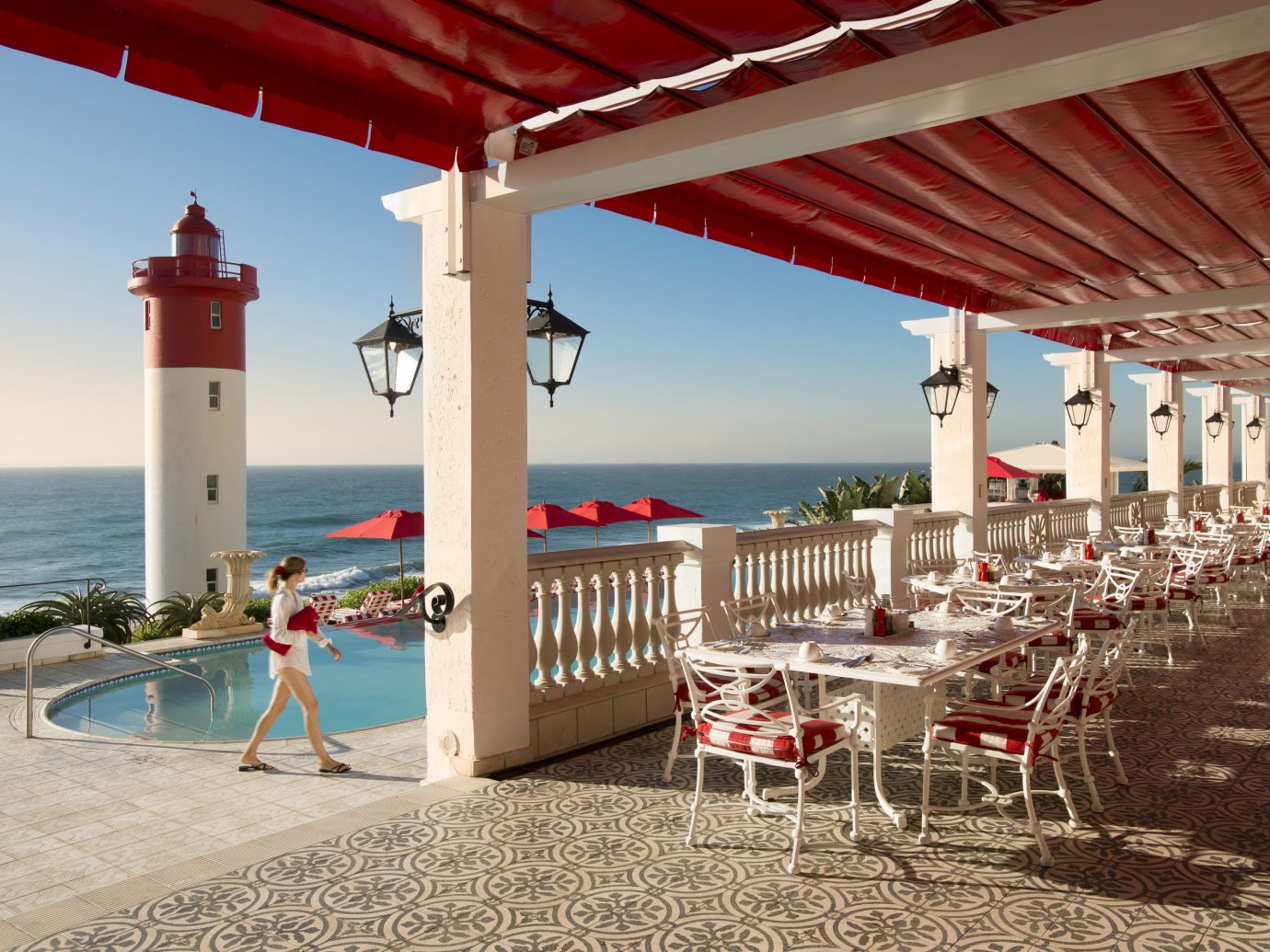
The history.
First built as a humble beach cottage in 1869, whose red awnings were used as a navigational beacon for ships approaching Durban’s harbor, the property was transformed into a high-society hotel in the 1930s and has since been the city stay of choice for the likes of Prince Albert II and Princess Charlene of Monaco (they spent their honeymoon here) and Charlize Theron. It remains the location for the town’s poshest events.
The design.
A two-year makeover has reinstated the hotel’s old-world, colonial-era flourishes while giving it a thoroughly modern edge. Think black-and-white terrazzo floors, palm frond ceiling fans, rattan chairs, wrought-iron balustrades, doormen clad in white turbans or pith helmets and Punjabi-style overcoats, and three enormous chandeliers overhanging an opulent high-tea spread that could pass in any palace. Rooms and suites, 86 in all and each with their own balcony, are divided between ocean and tropical garden views. If you don’t mind not having an ocean view, splurge on a Superior Garden Villa, which features a sitting room and well-stocked bar on the ground floor and, upstairs, a master bedroom, spacious bath, and terrace overlooking your own (tiny) plunge pool.
RELATED: Our Favorite Hotels in the World
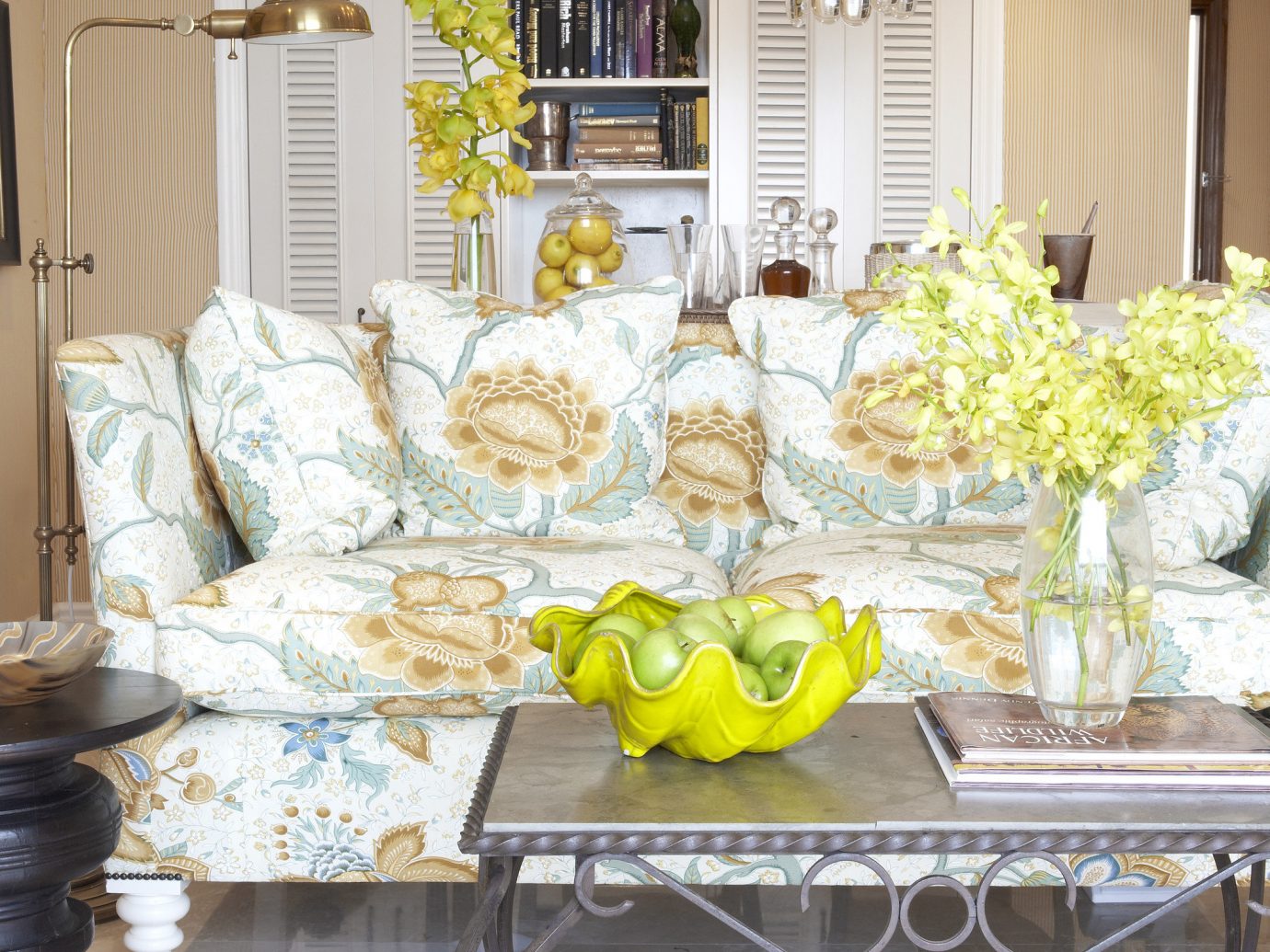
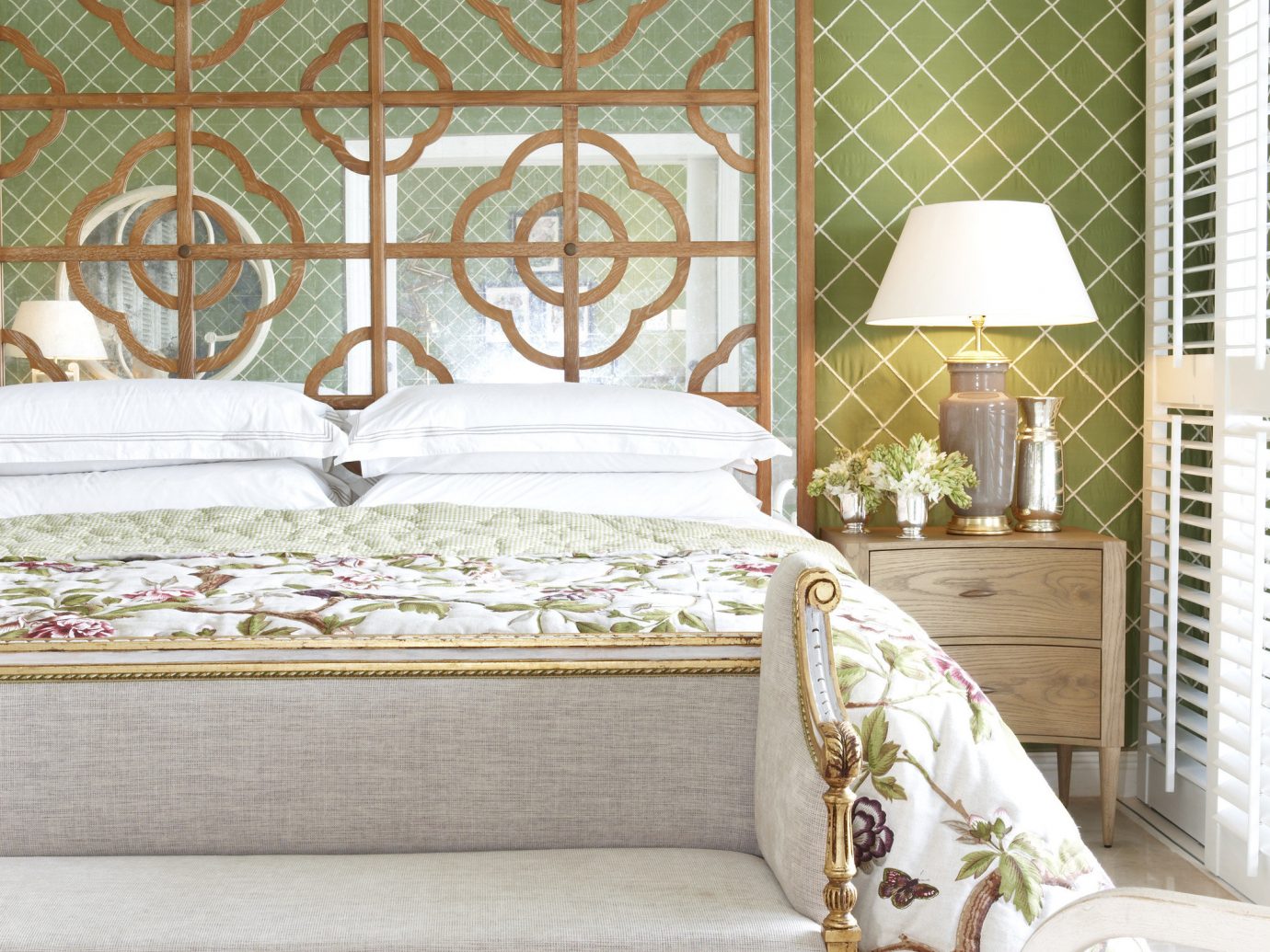
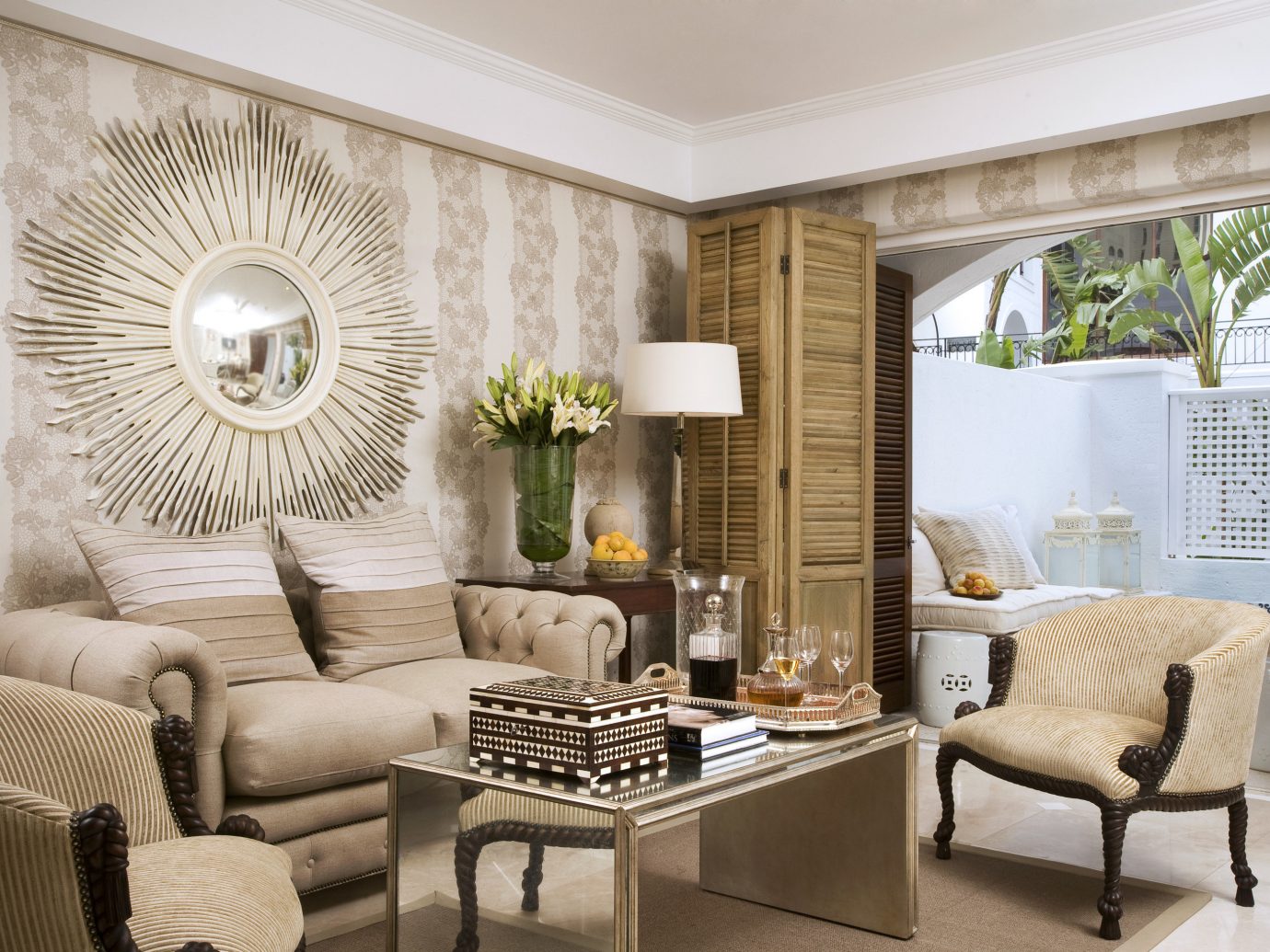
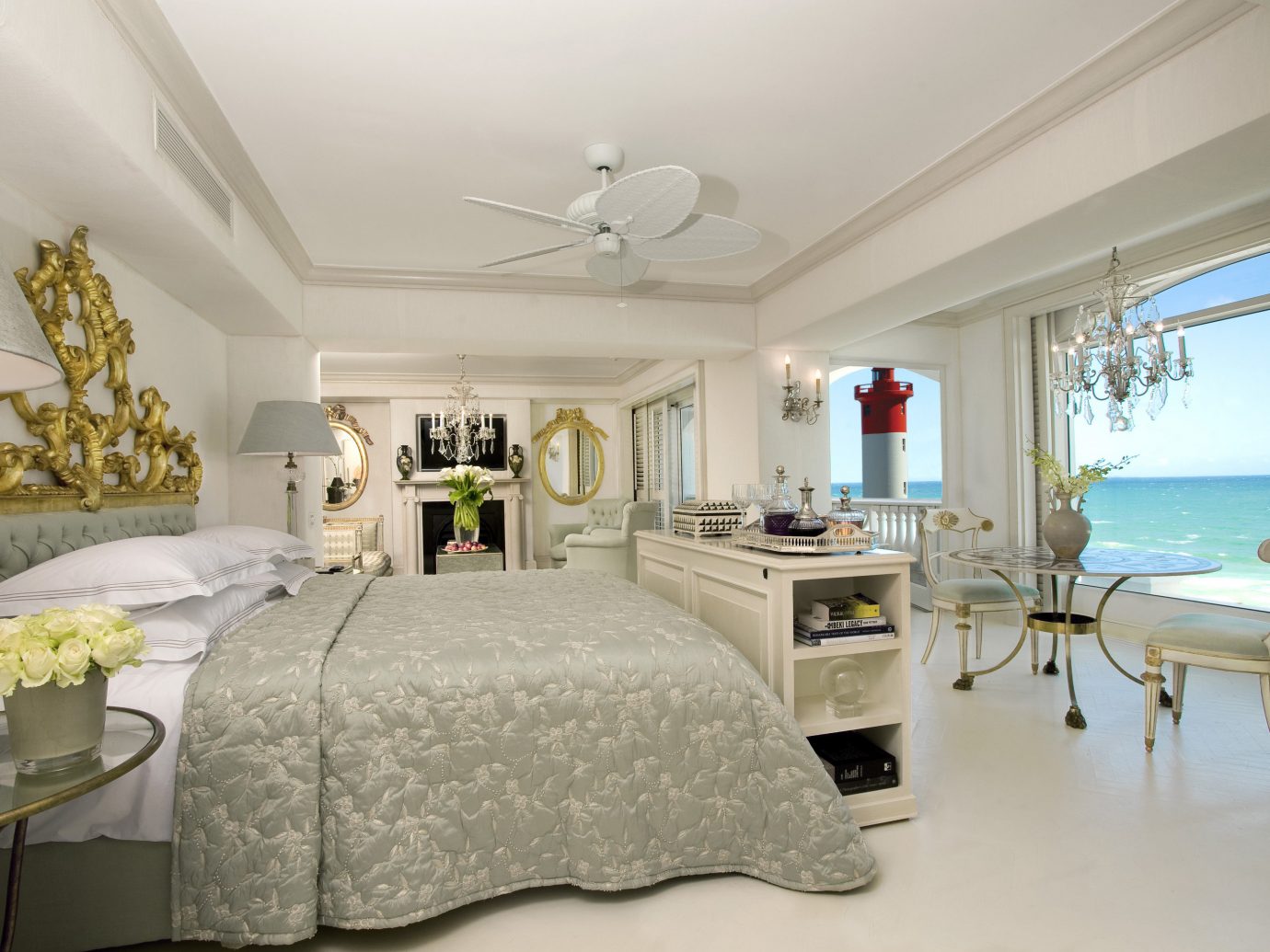
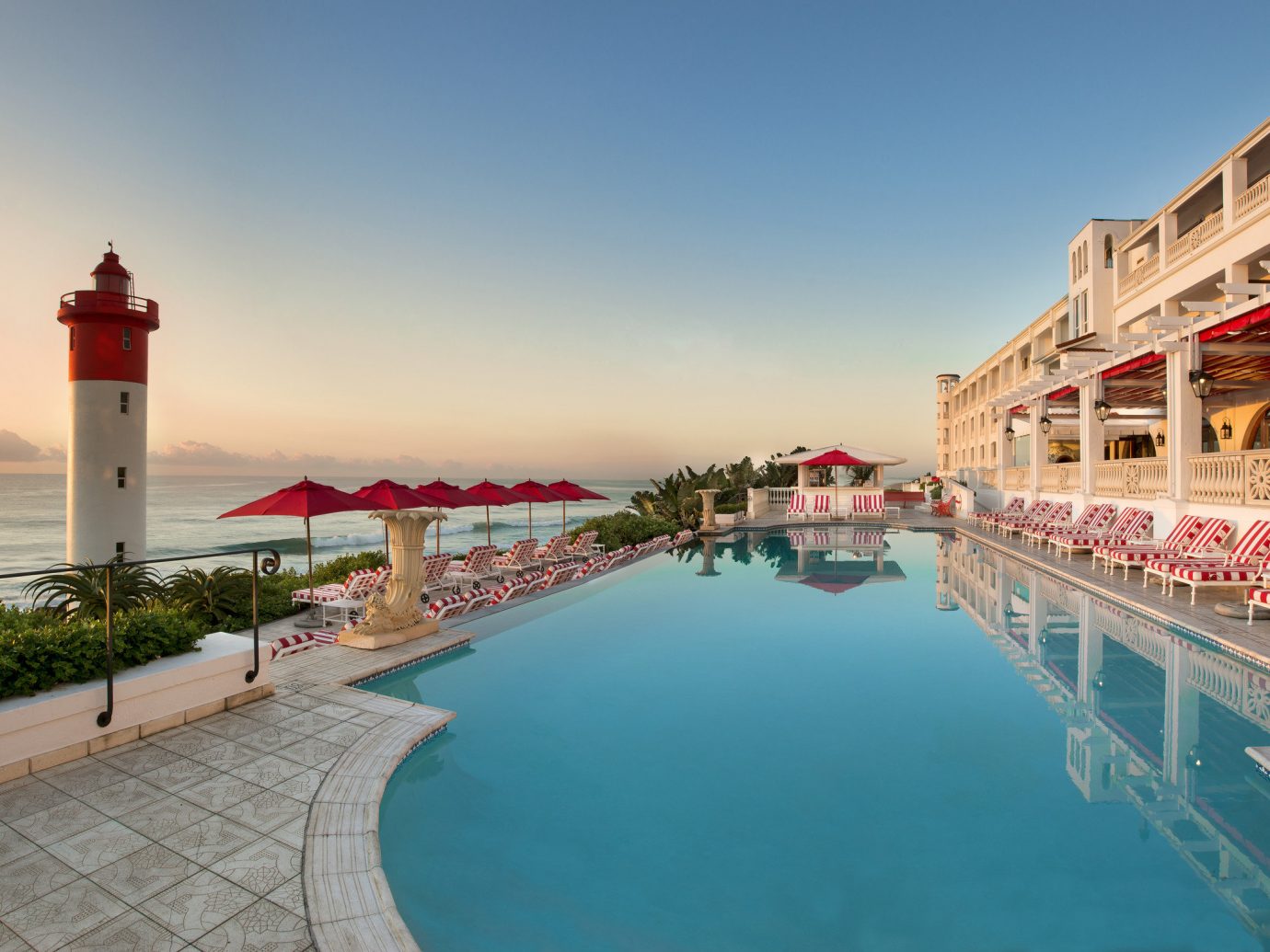
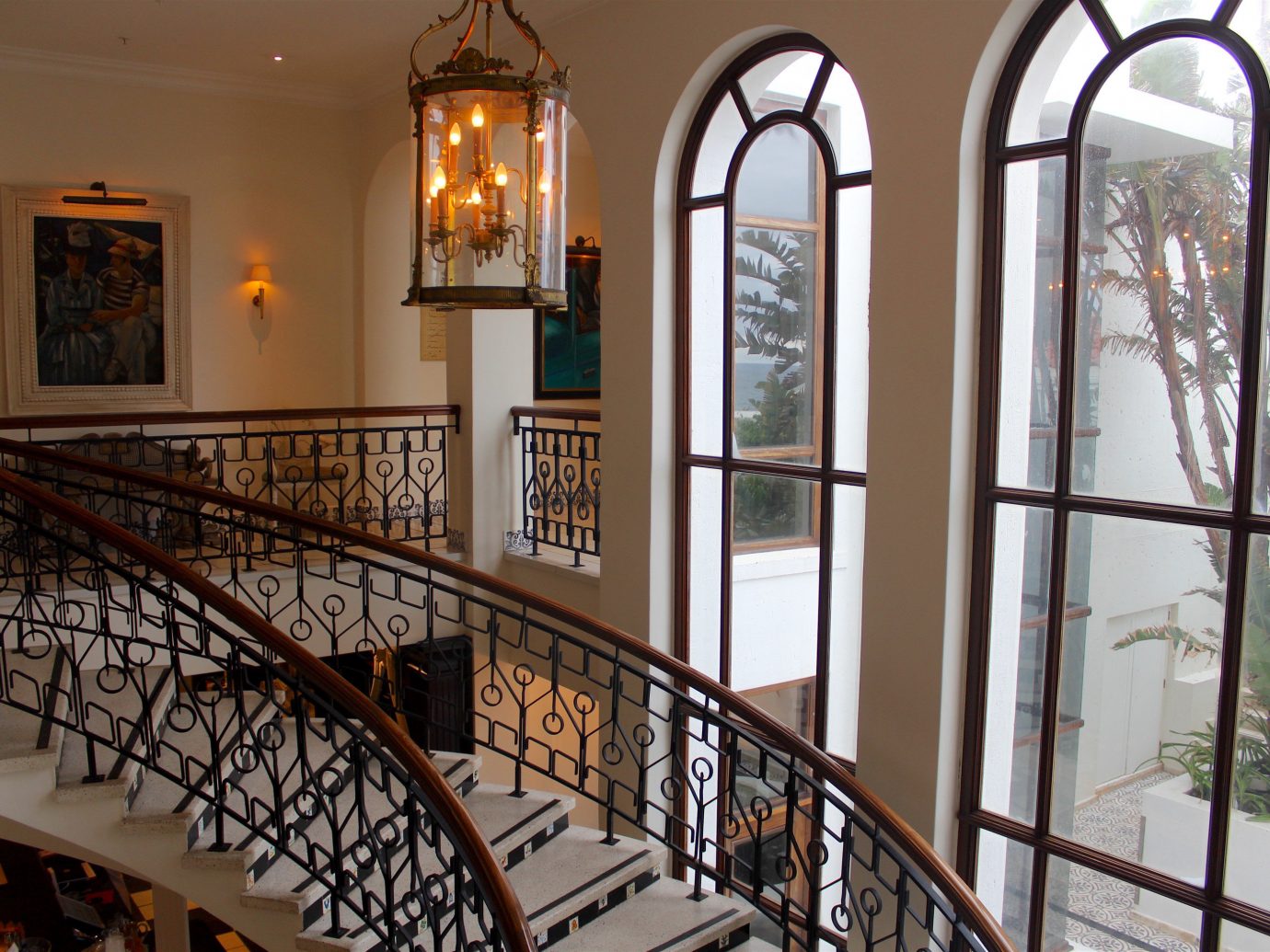
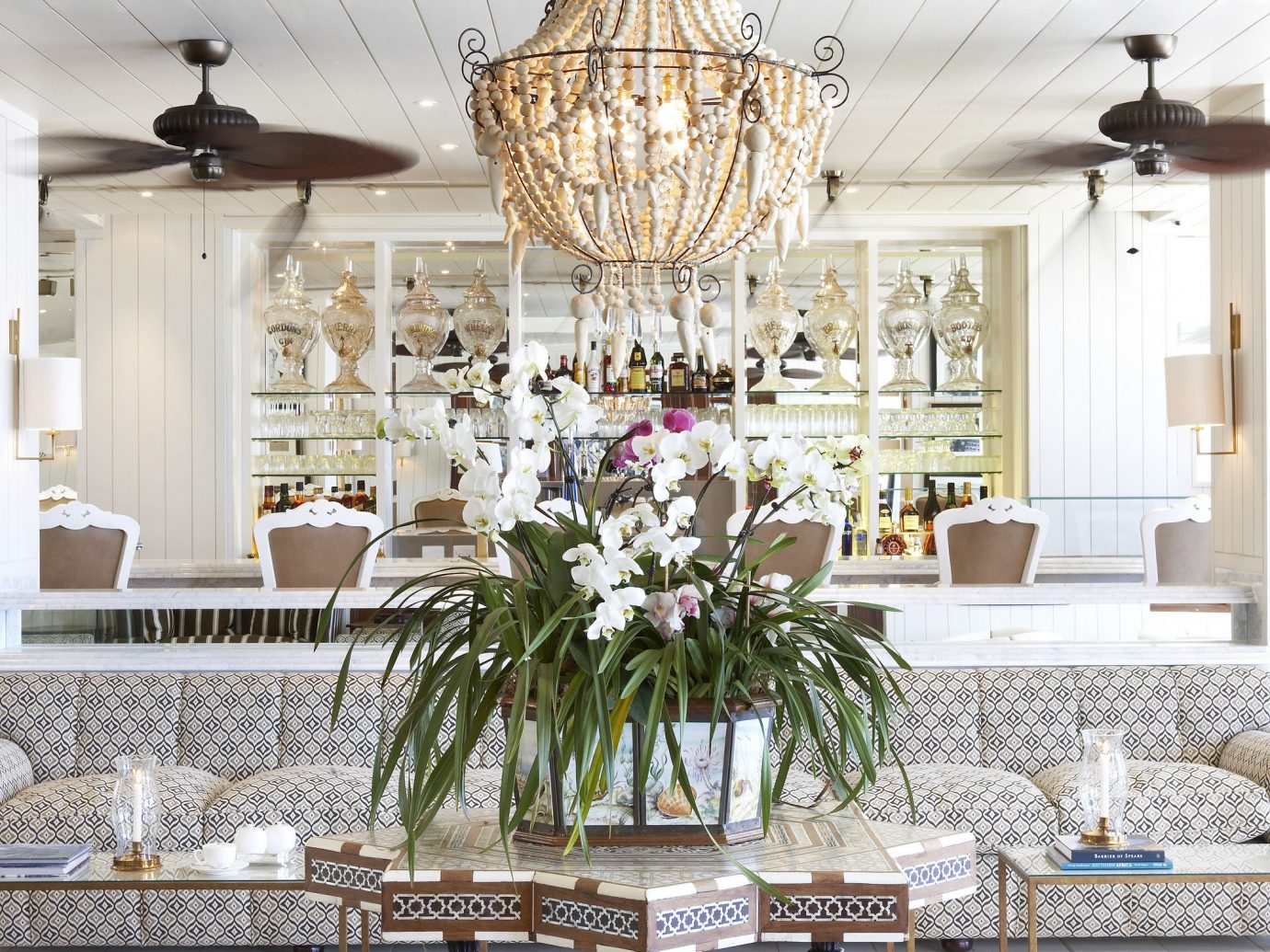
The tiny details.
Kay Hill, the hotel’s original owner, was an avid traveler and collector of beautiful things, many of which are embedded in the hotel’s very bones. Intricate hand-painted tiles and friezes from Europe have been inlaid into staircases and corridors. Three massive chandeliers, originally from London’s now-shuttered Savoy Hotel and bought at auction, now hang in the Palm Court. A 24-seat cinema is covered in original movie posters. Another conference room features jockey silks and race horse prints.
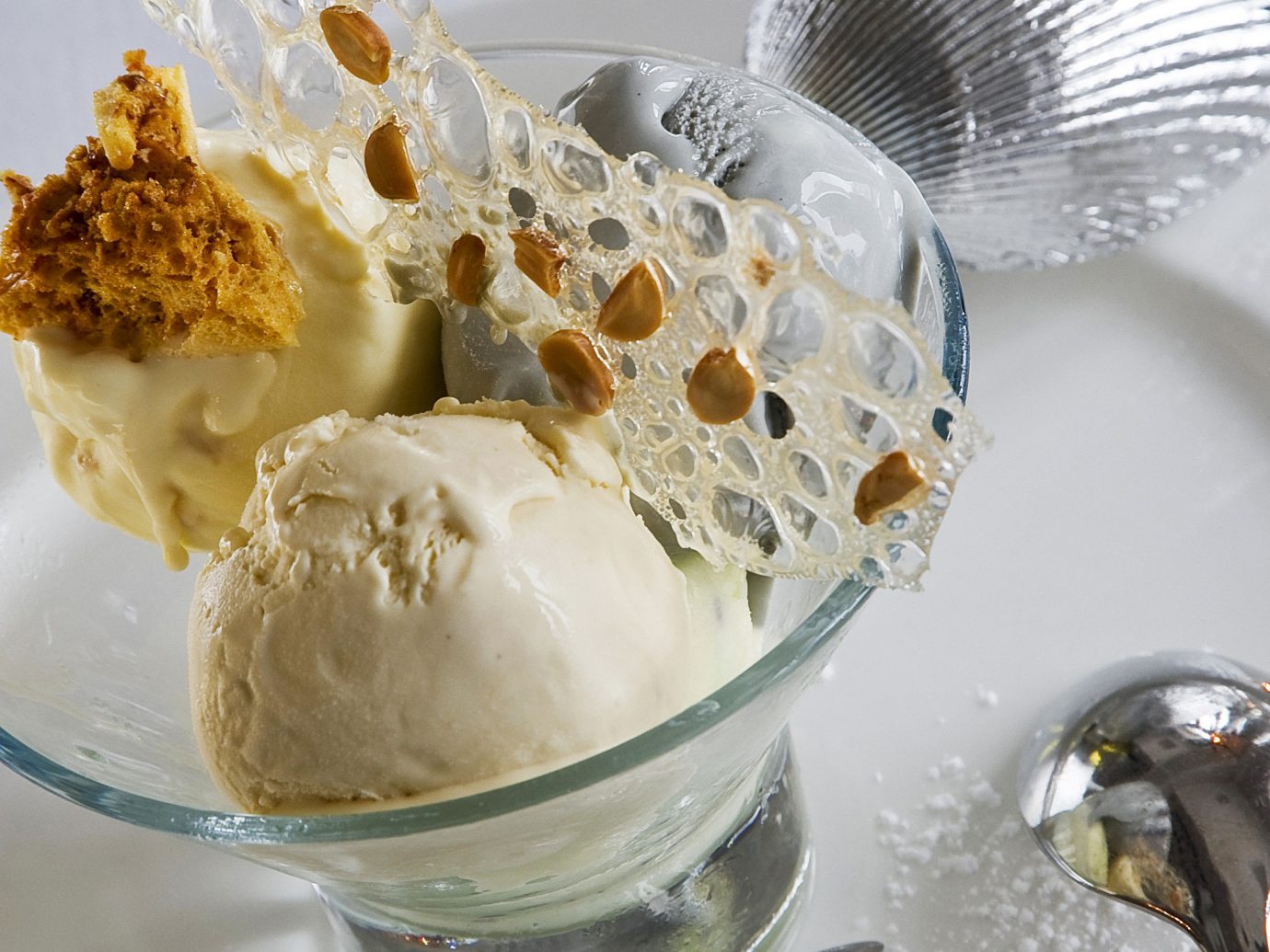
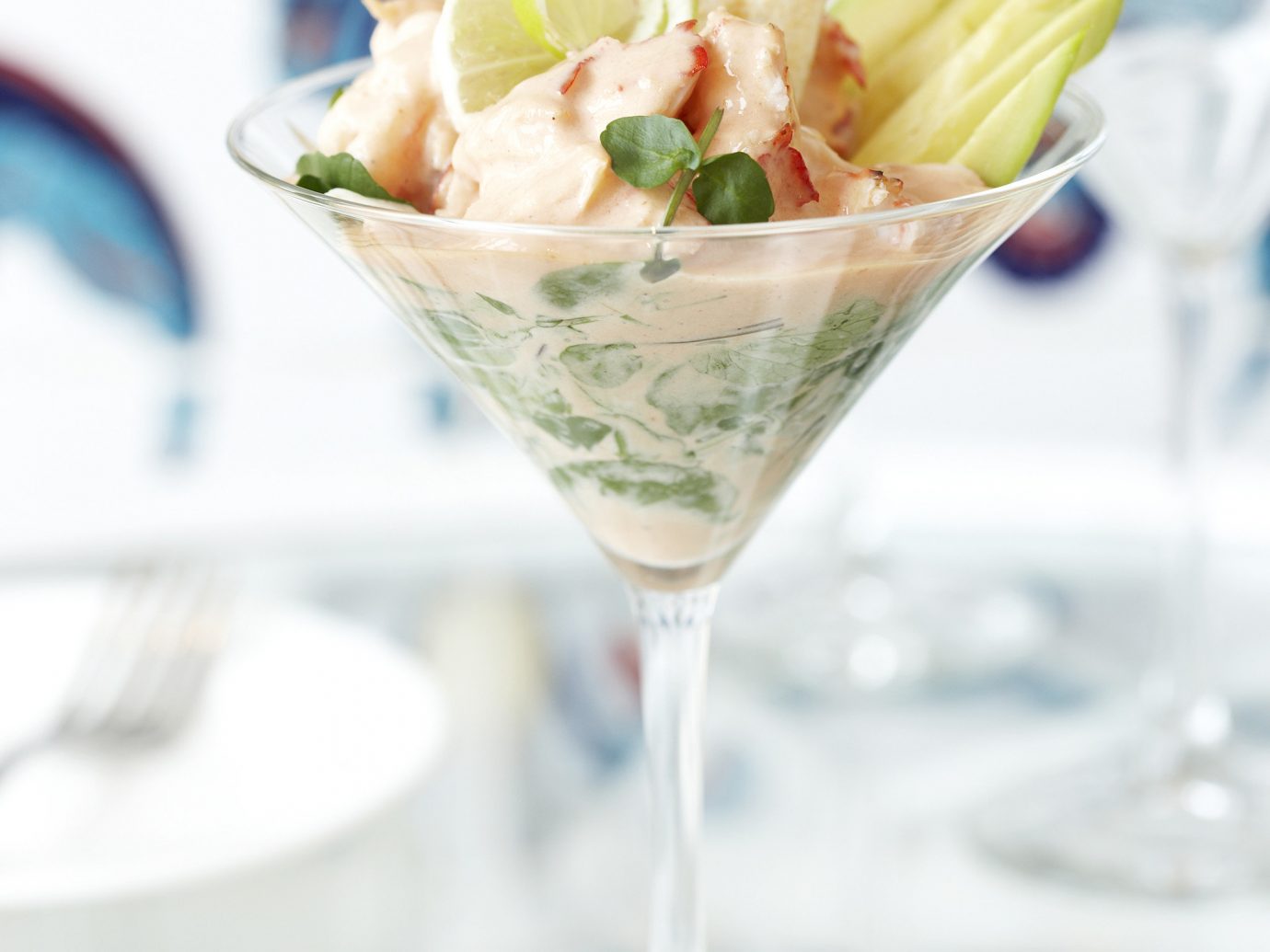
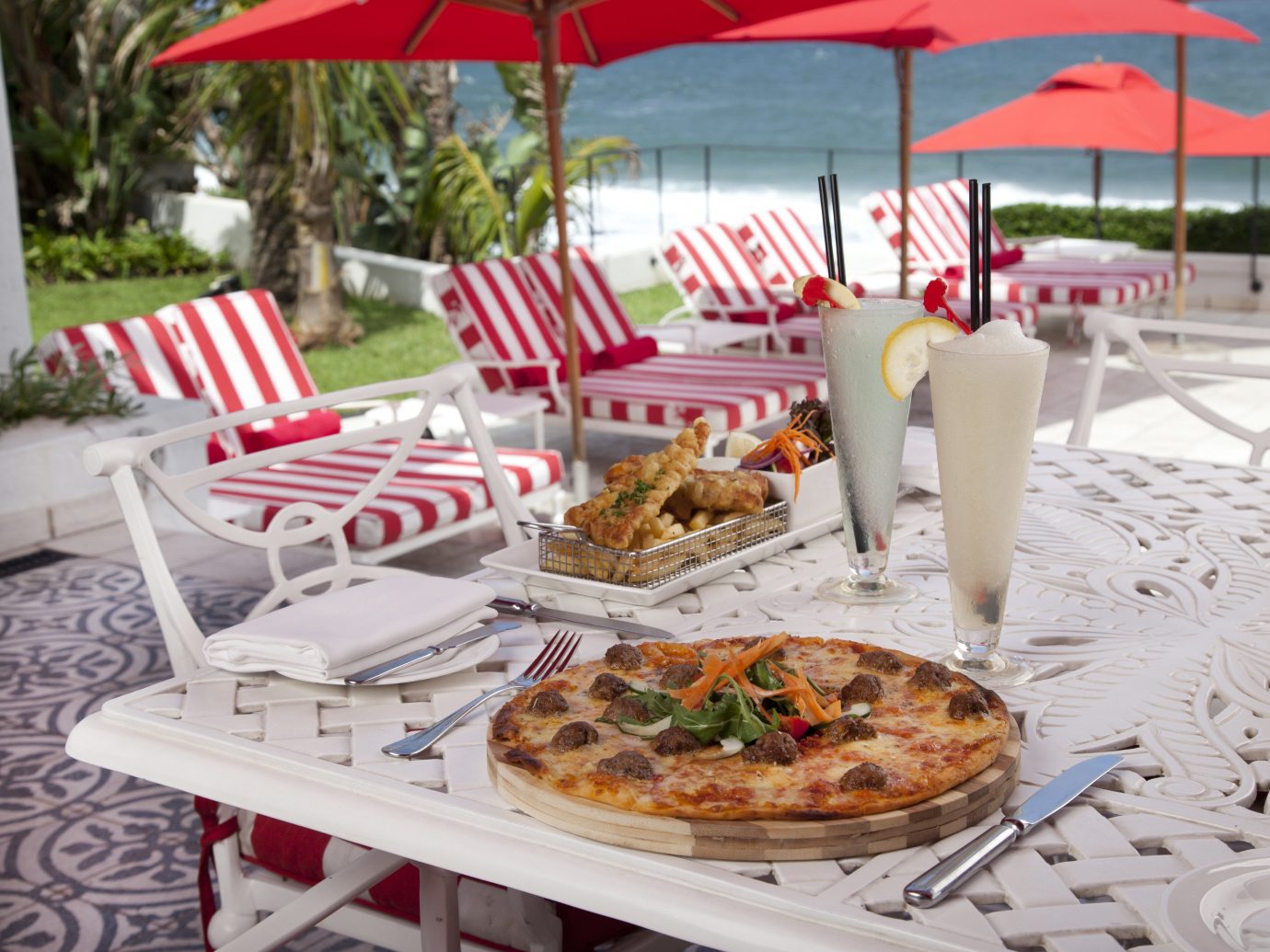
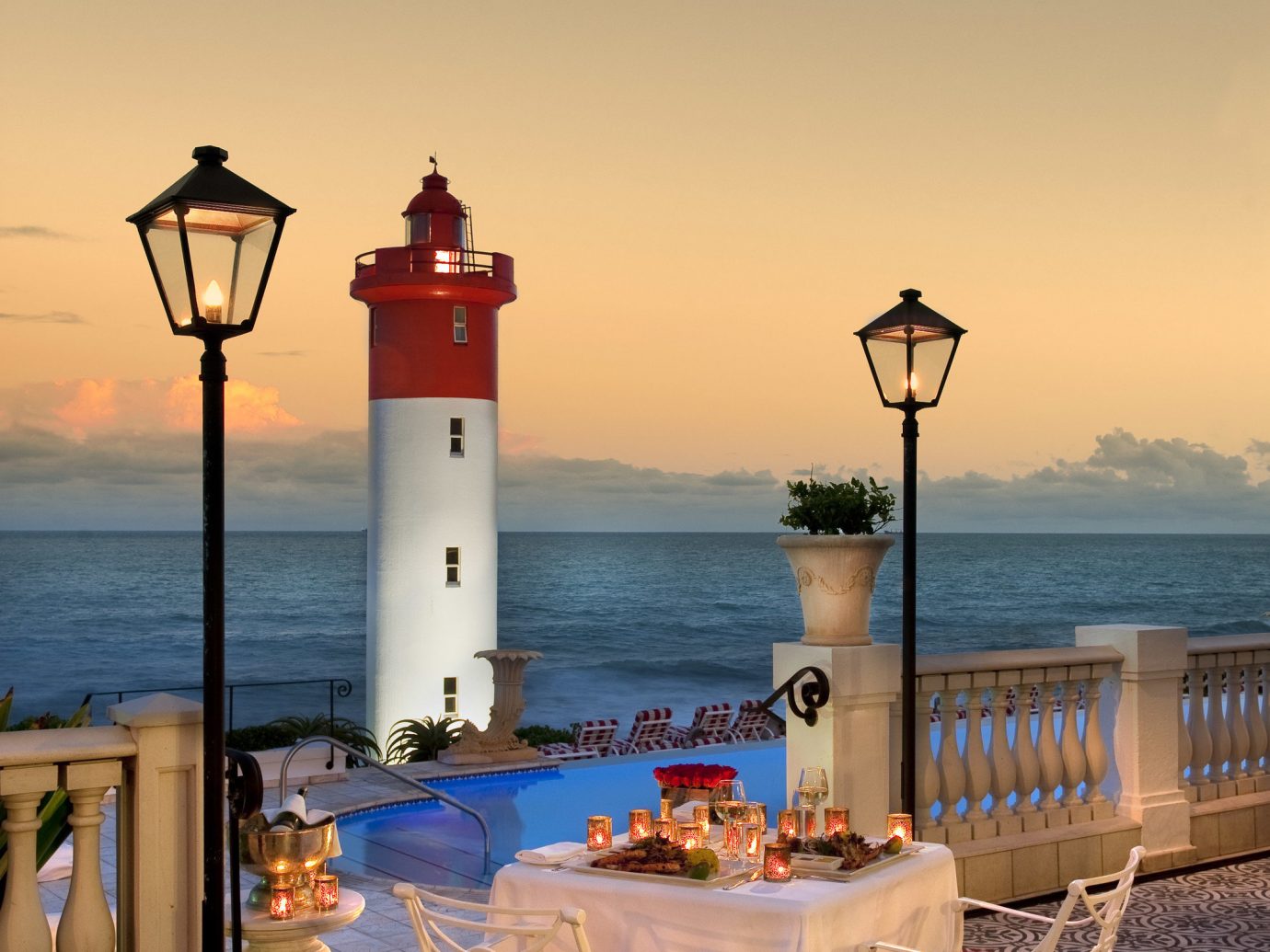
The food.
Following a great migration in the mid 19th-century, Durban is now home to one of the world’s largest populations of Indian descent—and it shows in the hotel’s rich cuisine. The talk of the town is its daily curry buffet, which you can enjoy at the red-awning-covered Ocean Terrace, or opt instead for the set menu. JS Tip: order the bunny chow, a Durban street-food classic involving lamb curry poured into a hollowed-out bread bowl. But keep your eyes out—mischievous vervet monkeys are known for stealing scraps right off your table. Formal dinners take place inside at the Grill Room, a fine-dining stunner with a 20s-era roaming hors d’oeuvres trolley.
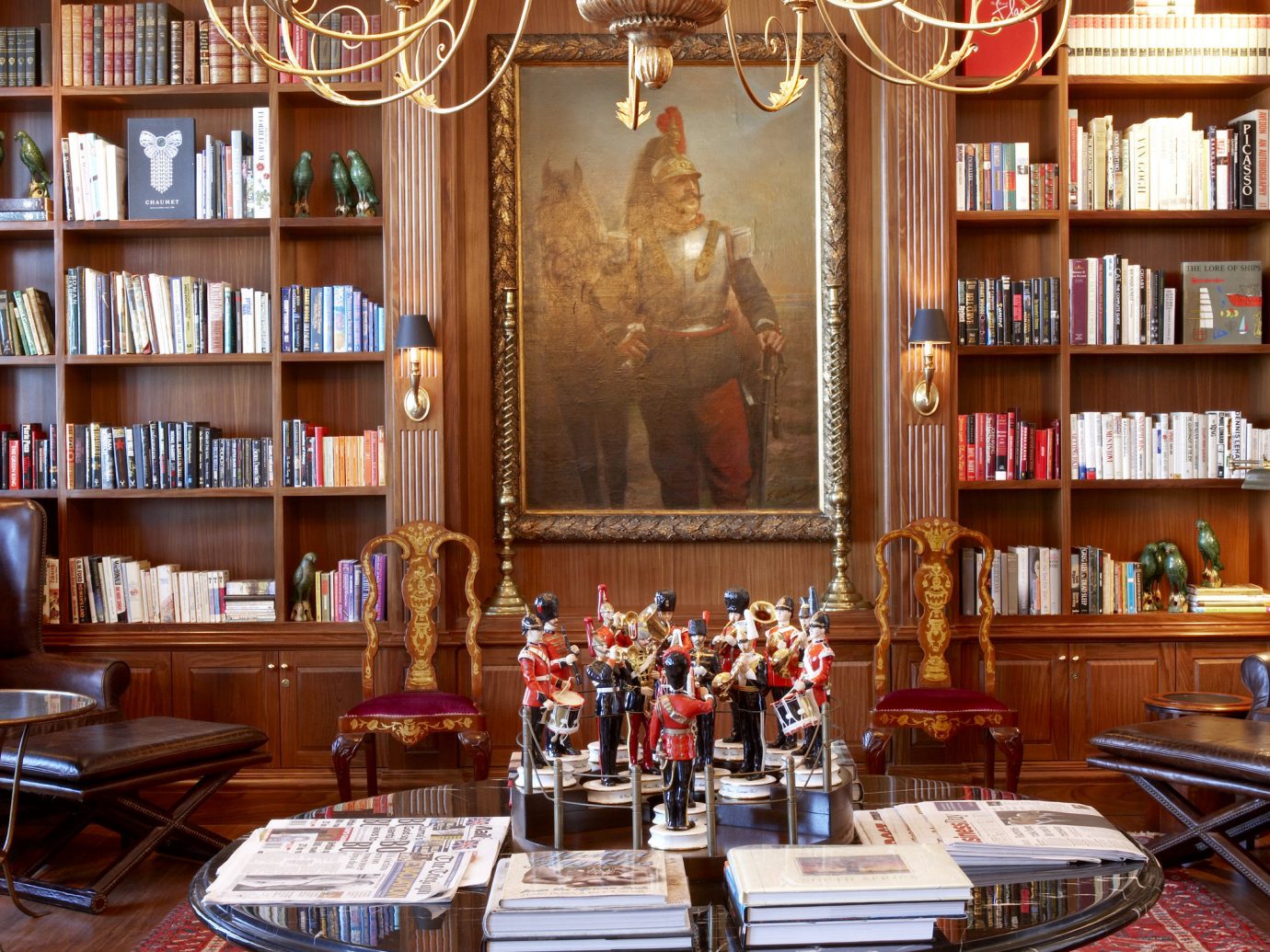
The library.
In all our travels, we’ve probably never come across a library so spectacular as the one here. The moody, wood-paneled room on the second floor is a museum of objects d’art: there’s a brass telescope positioned towards the water, an antique desk with a shiny gramophone, and an entire wall encased in glass housing a mesmerizing collection of antique heirloom clocks. Hours can be spent here curled up on one of the leather armchairs with a book; during our visit, a group of gentlemen were playing (and advising) a quiet game of chess.
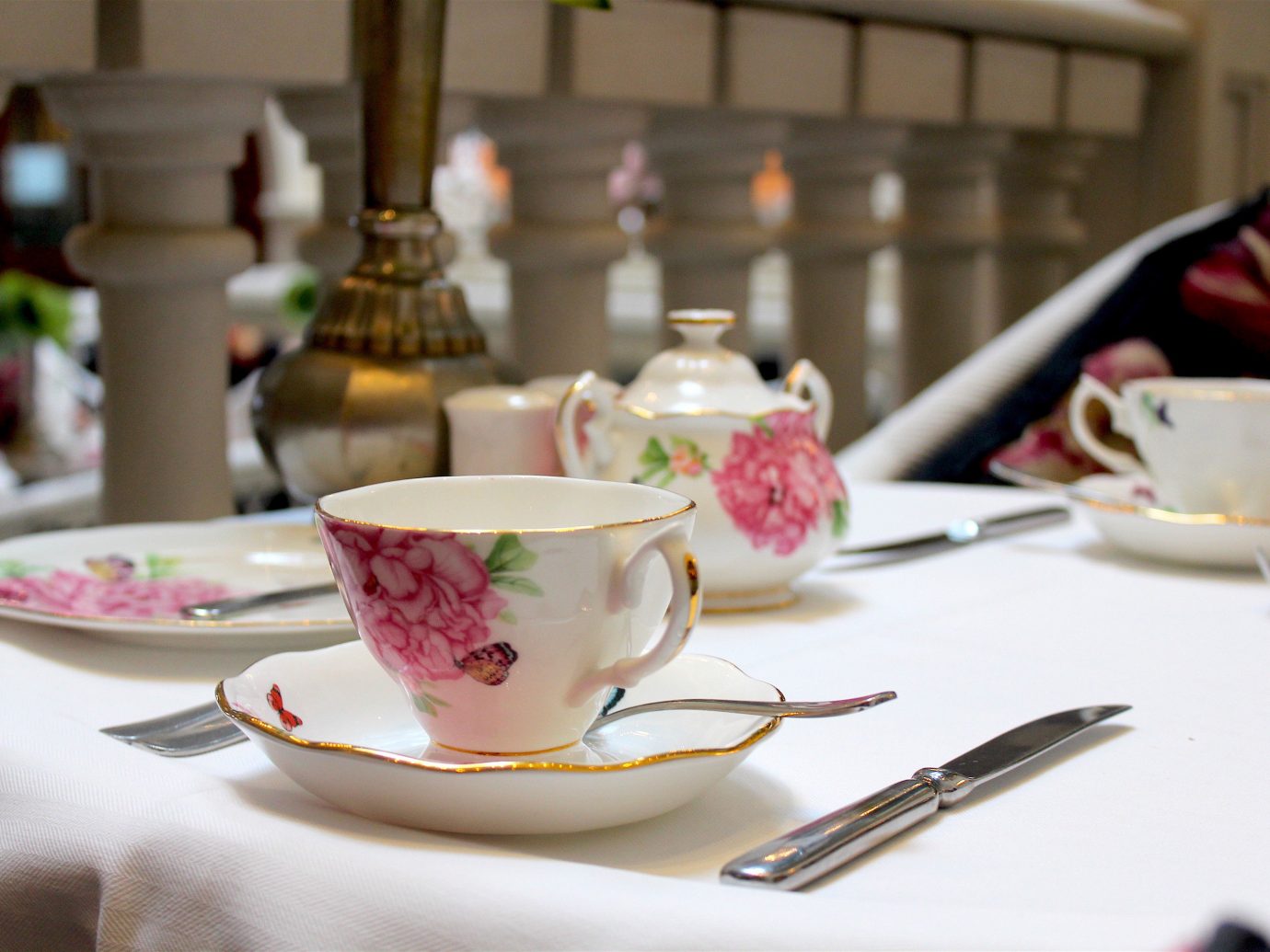

The high tea.
Famous throughout South Africa, the traditional English high tea here is something to be witnessed. Beneath three imposing chandeliers in the double-height Palm Court, guests delicately sip teas from floral Royal Albert bone china and take their pick among the towers of treats at the central table, which serve all manner of cakes, creams, candies, and biscuits.
The resident cat.
If historic hotels have taught us anything, it’s that no lobby is complete without a resident feline, destined to endure the affection of passing guests. Skabenga, which in Zulu means “rascal,” made the Oyster Box his home after being fed one too many scraps, and has remained here for over a decade; every October, the hotel hosts a birthday celebration in his honor.
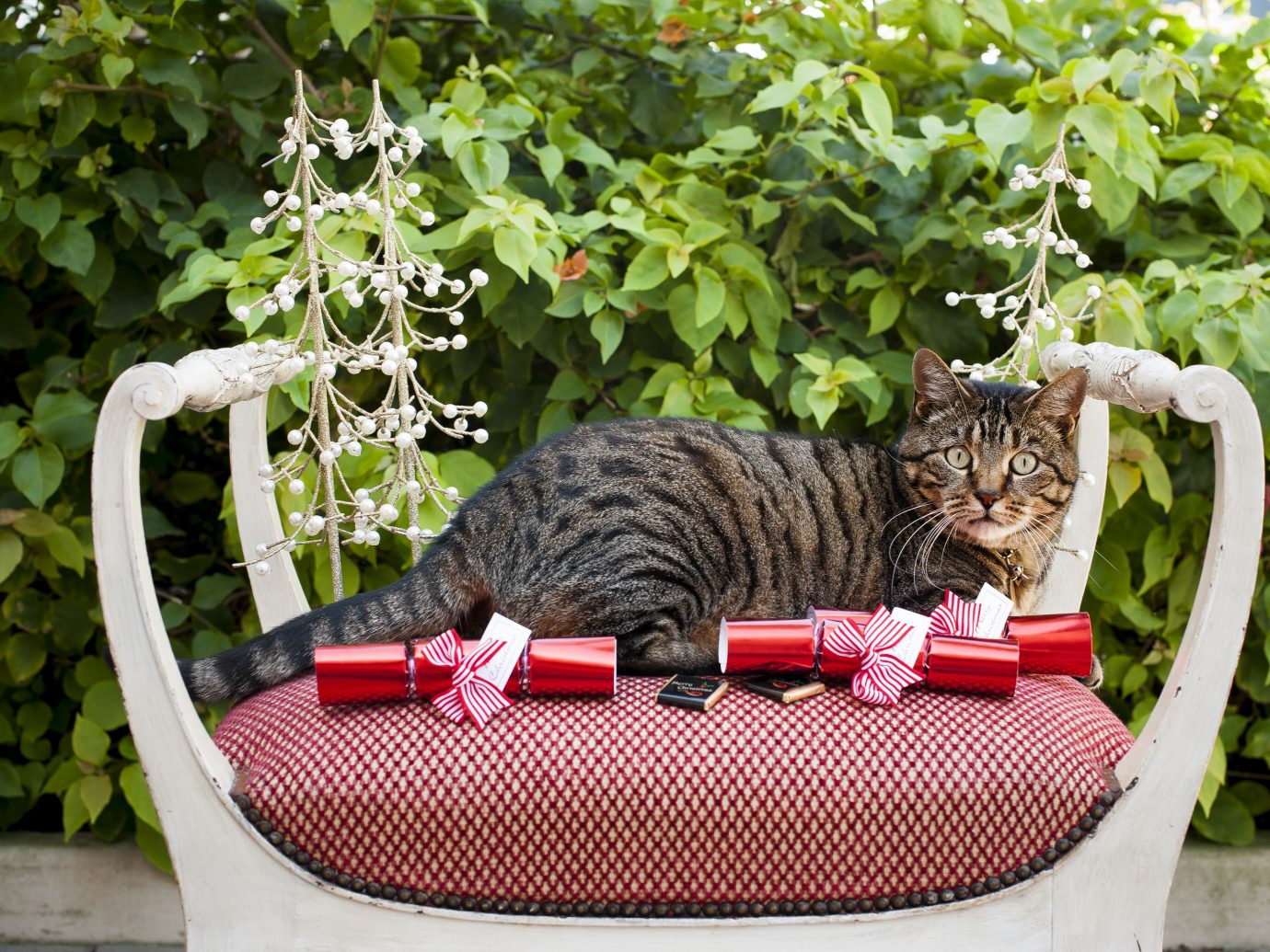
The unbeatable location.
The stylish seaside enclave of Umhlanga sits just 20 minutes outside Durban’s urban CBD. Here, you’ll find the Oyster Box on a hillside overlooking the crashing waves of the Indian Ocean and a red-and-white lighthouse, which still beckons the horizon line of cargo ships into port. It’s also a perfect jumping-off point for other South African adventures, be it on safari at the Phinda Private Game Reserve (a 2.5-hour drive away), the majestic Drakensberg Mountains, or downtown Durban itself.
Want more?
- Where to Stay in Cape Town Now
- 10 Things a Hotel Reviewer Looks For
- The World’s Most Spectacular Safaris
Comments
All products are independently selected by our writers and editors. If you buy something through our links, Jetsetter may earn an affiliate commission.
Become a Jetsetter.
Use our insider connections to know where to go and what to do.
By proceeding, you agree to our Privacy Policy and Terms of Use.
Thanks for Signing Up!

